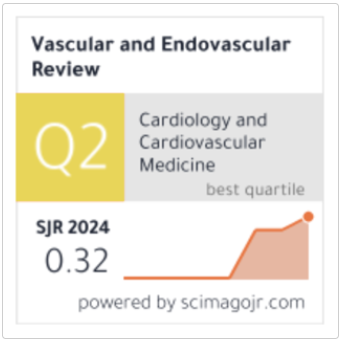A Comparative Study of Dexmedetomidine and Propofol in Achieving Controlled Hypotension and Optimizing Surgical Field Visibility During Functional Endoscopic Sinus Surgery
DOI:
https://doi.org/10.64149/J.Ver.8.2.106-118Keywords:
Controlled hypotension, Functional Endoscopic Sinus Surgery, Dexmedetomidine, Propofol, Surgical field visibility, Boezaart scaling score.Abstract
Controlled hypotension is a widely utilized anesthetic technique aimed at reducing intraoperative bleeding, improving surgical field conditions, and minimizing the risk of complications. In Functional Endoscopic Sinus Surgery (FESS), the quality of the surgical field plays a critical role in determining procedural success and is closely influenced by intraoperative bleeding. Dexmedetomidine and propofol are commonly used intravenous anesthetic agents known for their hypotensive effects. This study aims to compare the effectiveness of dexmedetomidine and propofol in achieving controlled hypotension and enhancing surgical field visibility during FESS. A quasi-experimental analytic study was conducted at Dr. Soetomo General Hospital, Surabaya, Indonesia. Patients aged 18-65 years undergoing elective FESS were recruited. Hemodynamic parameters such as systolic blood pressure (SBP), diastolic blood pressure (DBP), mean arterial pressure (MAP), and heart rate were recorded at 5-minute intervals. Surgical field visibility was assessed using the Boezaart scaling score by the primary surgeon. Data were analyzed using Wilcoxon signed-rank test and Mann-Whitney U test, with a significance level of p < 0.05. Among 24 patients, the median time to reach target hypotension was 20 minutes in the dexmedetomidine group and 30 minutes in the propofol group; however, the difference was not statistically significant (p > 0.05). The mean Boezaart scaling score was 1.83 in the dexmedetomidine group and 2.0 in the propofol group, also showing no significant difference (p > 0.05) in surgical field visibility. There was no statistically significant difference between dexmedetomidine and propofol in terms of the onset of achieving controlled hypotension or in improving surgical field visibility during FESS. Both agents appear to be equally effective and may be chosen based on clinical preference or individual patient factors.








